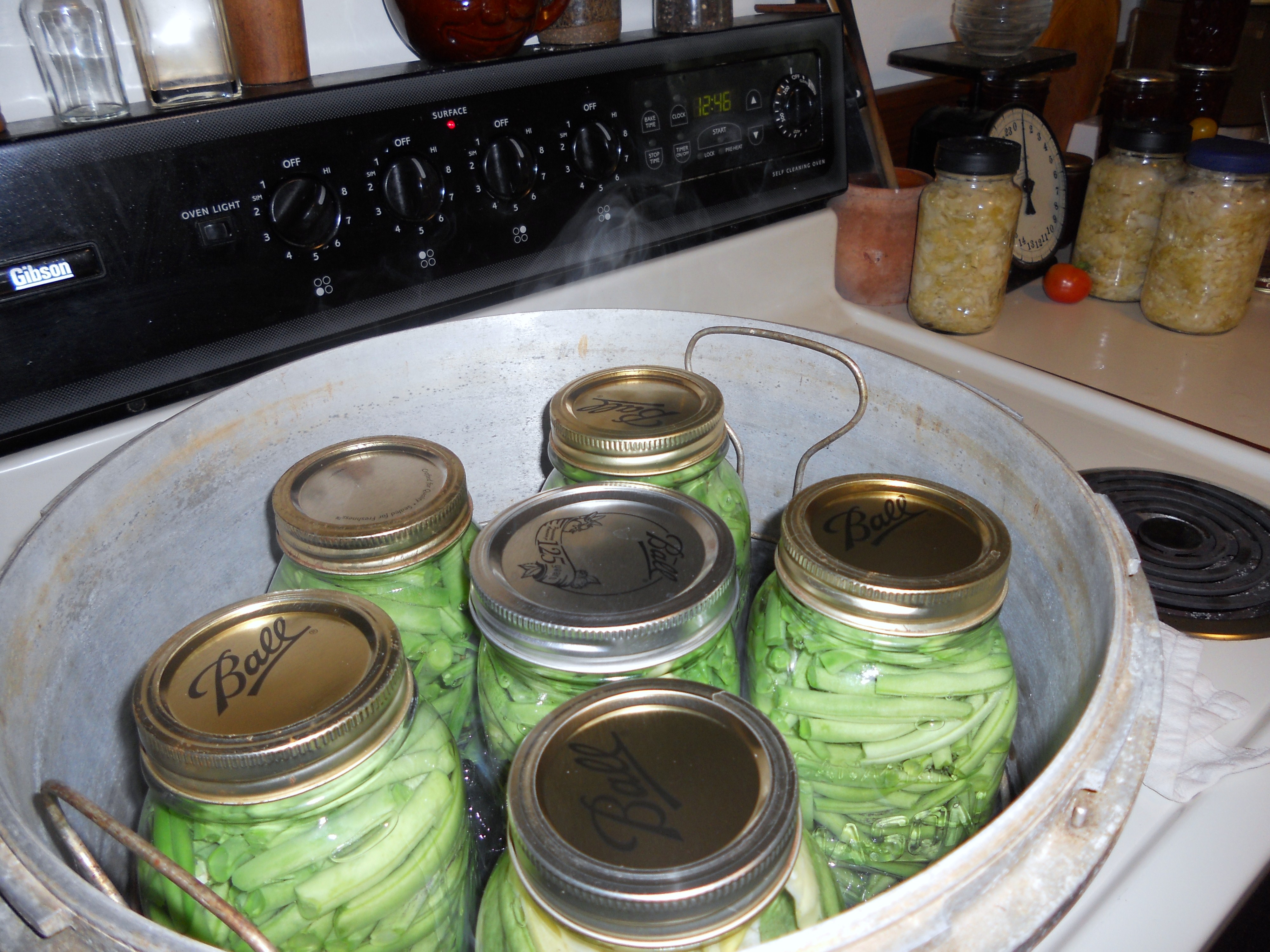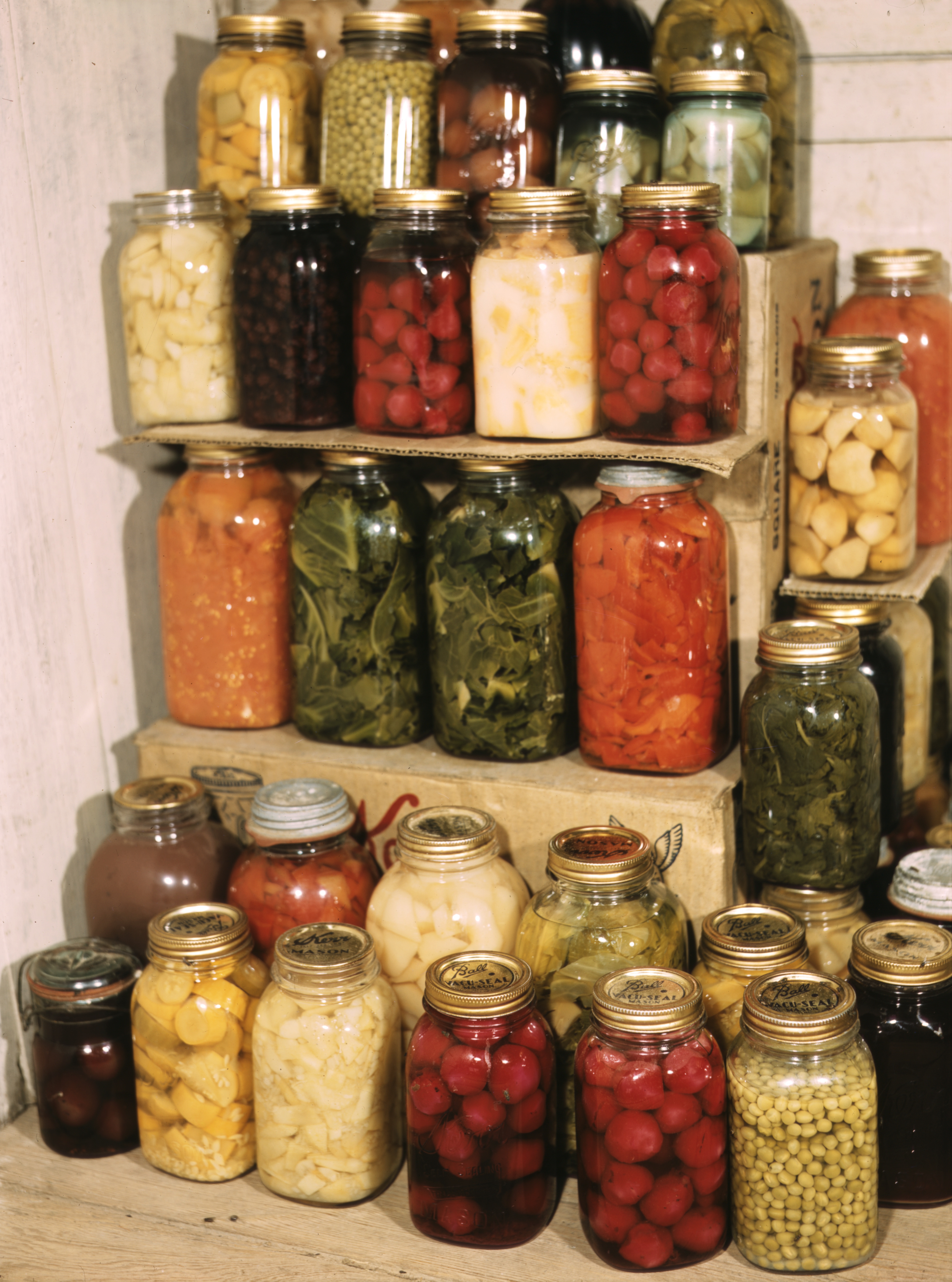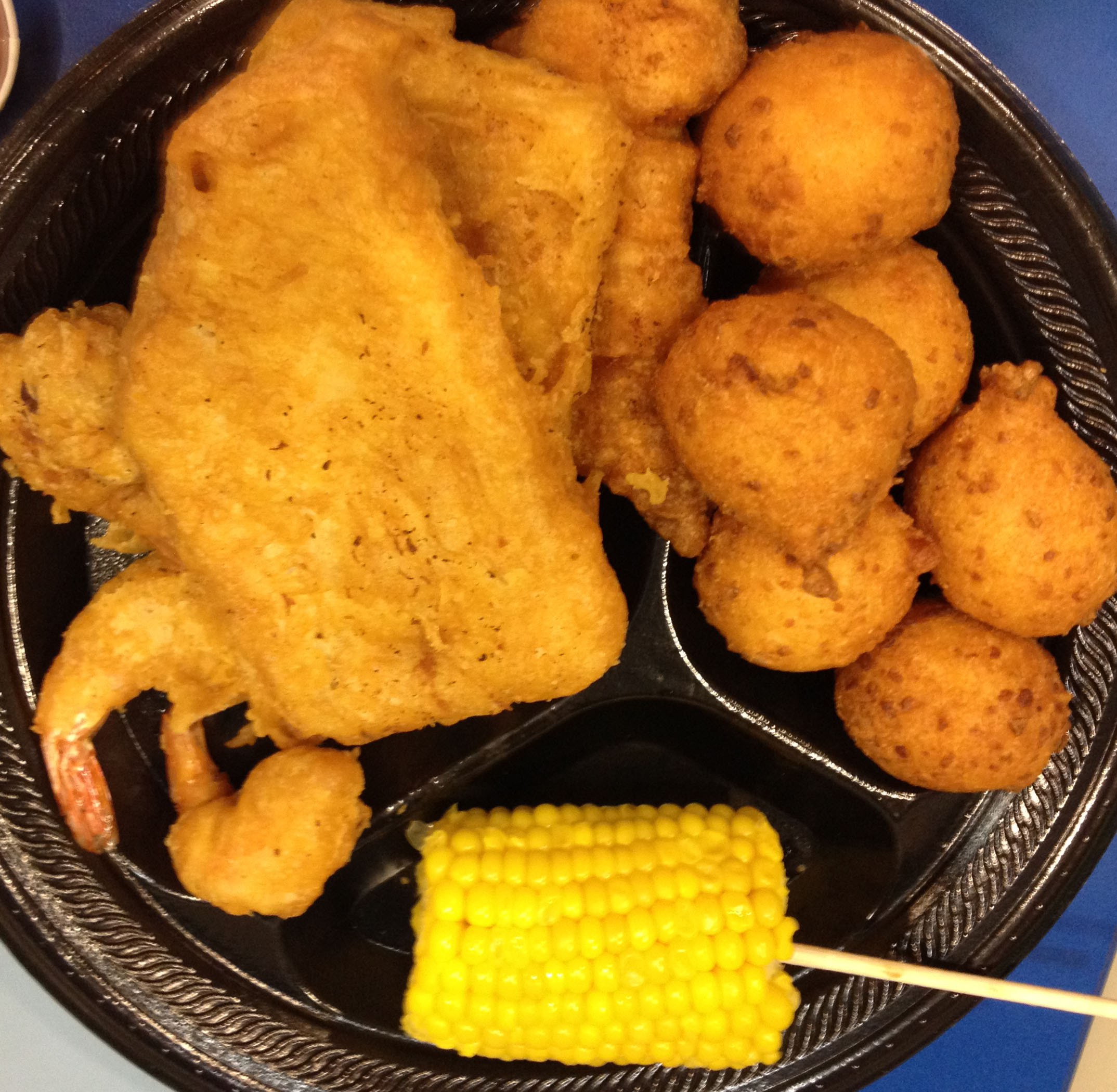|
Watermelon Rind Preserves
Watermelon rind preserves are made by boiling chunks of watermelon rind with sugar and other ingredients. The mixture is then canned in glass jars. According to some recipes, the rind is pared to only the white portion, strips or cubes of which are soaked overnight in a solution of lime or salt and water, then rinsed. It is then boiled, combined with sugar and flavorings such as ginger and lemon, and cooked until the rind is clear. In the United States, these preserves are typical of Southern cuisine. A Serbian variety is called slatko od lubenice. See also *Fruit preserves * List of melon dishes This is a list of melon dishes and foods that use melon as a primary ingredient. A melon is any of various plants of the family Cucurbitaceae with edible, fleshy fruit. The word "melon" can refer to either the plant or specifically to the fruit. ... References Condiments Watermelons Cuisine of the Southern United States Serbian cuisine Melon dishes {{condiment-st ... [...More Info...] [...Related Items...] OR: [Wikipedia] [Google] [Baidu] |
Watermelon
Watermelon (''Citrullus lanatus'') is a flowering plant species of the Cucurbitaceae family and the name of its edible fruit. A scrambling and trailing vine-like plant, it is a highly cultivated fruit worldwide, with more than 1,000 varieties. Watermelon is grown in favorable climates from tropical to temperate regions worldwide for its large edible fruit, which is a berry with a hard rind and no internal divisions, and is botanically called a ''pepo''. The sweet, juicy flesh is usually deep red to pink, with many black seeds, although seedless varieties exist. The fruit can be eaten raw or pickled, and the rind is edible after cooking. It may also be consumed as a juice or an ingredient in mixed beverages. Kordofan melons from Sudan are the closest relatives and may be progenitors of modern, cultivated watermelons. Wild watermelon seeds were found in Uan Muhuggiag, a prehistoric site in Libya that dates to approximately 3500. Watermelons were domesticated in north-east ... [...More Info...] [...Related Items...] OR: [Wikipedia] [Google] [Baidu] |
Home Canning
Home canning or bottling, also known colloquially as putting up or processing, is the process of preserving foods, in particular, fruits, vegetables, and meats, by packing them into glass jars and then heating the jars to create a vacuum seal and kill the organisms that would create spoilage. Though ceramic and glass containers had been used for storage for thousands of years, the technique of canning which involves applying heat for preservation was only invented in the first decade of the 1800s. Before that, food storage containers were used for non-perishable foods, or with preservatives such as salt, sugar, vinegar, or alcohol. Techniques Water bath canning Water bath canning is appropriate for high-acid foods only, such as jam, jelly, most fruit, pickles, and tomato products with acid added. It is ''not'' appropriate for meats and low-acid foods such as vegetables. This method uses a pot large enough to hold and submerge the glass canning jars. Food is placed in glass cann ... [...More Info...] [...Related Items...] OR: [Wikipedia] [Google] [Baidu] |
Mason Jar
A Mason jar, also known as a canning jar or fruit jar, is a glass jar used in home canning to preserve food. It was named after American tinsmith John Landis Mason, who patented it in 1858. The jar's mouth has a screw thread on its outer perimeter to accept a metal ring or "band". The band, when screwed down, presses a separate stamped steel disc-shaped lid against the jar's rim. Mason lost his patent for the jars and numerous other companies started manufacturing similar jars. Over the years, the brand name ''Mason'' became the genericized trademark for that style of glass home canning jar, and the word "Mason" can be seen on many Ball and Kerr brand jars. The style of jar is occasionally referred to by common brand names such as Ball jar (in the eastern US) or Kerr jar (in the western US) even if the individual jar isn't that brand. In early 20th century America, Mason jars became useful to those who lived in areas with short growing seasons. The jars became an essential part ... [...More Info...] [...Related Items...] OR: [Wikipedia] [Google] [Baidu] |
Ginger
Ginger (''Zingiber officinale'') is a flowering plant whose rhizome, ginger root or ginger, is widely used as a spice A spice is a seed, fruit, root, bark, or other plant substance primarily used for flavoring or coloring food. Spices are distinguished from herbs, which are the leaves, flowers, or stems of plants used for flavoring or as a garnish. Spice ... and a folk medicine. It is a herbaceous perennial plant, perennial which grows annual pseudostems (false stems made of the rolled bases of leaves) about one meter tall bearing narrow leaf blades. The inflorescences bear flowers having pale yellow petals with purple edges, and arise directly from the rhizome on separate shoots. Ginger is in the family (taxonomy), family Zingiberaceae, which also includes turmeric (''Curcuma longa''), cardamom (''Elettaria cardamomum''), and galangal. Ginger originated in Maritime Southeast Asia and was likely domesticated first by the Austronesian peoples. It was transported with ... [...More Info...] [...Related Items...] OR: [Wikipedia] [Google] [Baidu] |
Lemon
The lemon (''Citrus limon'') is a species of small evergreen trees in the flowering plant family Rutaceae, native to Asia, primarily Northeast India (Assam), Northern Myanmar or China. The tree's ellipsoidal yellow fruit is used for culinary and non-culinary purposes throughout the world, primarily for its juice, which has both culinary and cleaning uses. The pulp and rind are also used in cooking and baking. The juice of the lemon is about 5% to 6% citric acid, with a pH of around 2.2, giving it a sour taste. The distinctive sour taste of lemon juice makes it a key ingredient in drinks and foods such as lemonade and lemon meringue pie. History The origin of the lemon is unknown, though lemons are thought to have first grown in Assam (a region in northeast India), northern Myanmar or China. A genomic study of the lemon indicated it was a hybrid between bitter orange (sour orange) and citron. Lemons are supposed to have entered Europe near southern Italy no later tha ... [...More Info...] [...Related Items...] OR: [Wikipedia] [Google] [Baidu] |
United States
The United States of America (U.S.A. or USA), commonly known as the United States (U.S. or US) or America, is a country primarily located in North America. It consists of 50 states, a federal district, five major unincorporated territories, nine Minor Outlying Islands, and 326 Indian reservations. The United States is also in free association with three Pacific Island sovereign states: the Federated States of Micronesia, the Marshall Islands, and the Republic of Palau. It is the world's third-largest country by both land and total area. It shares land borders with Canada to its north and with Mexico to its south and has maritime borders with the Bahamas, Cuba, Russia, and other nations. With a population of over 333 million, it is the most populous country in the Americas and the third most populous in the world. The national capital of the United States is Washington, D.C. and its most populous city and principal financial center is New York City. Paleo-Americ ... [...More Info...] [...Related Items...] OR: [Wikipedia] [Google] [Baidu] |
Cuisine Of The Southern United States
The cuisine of the Southern United States encompasses diverse food traditions of several regions, including Tidewater, Appalachian, Lowcountry, Cajun, Creole, and Floribbean cuisine. In recent history, elements of Southern cuisine have spread to other parts the United States, influencing other types of American cuisine. Many elements of Southern cooking—tomatoes, squash, corn (and its derivatives, such as hominy and grits), and deep-pit barbecuing—are borrowings from indigenous peoples of the region (e.g., Cherokee, Caddo, Choctaw, and Seminole). From the Old World, European colonists introduced sugar, flour, milk, eggs, and livestock, along with a number of vegetables; meanwhile, enslaved West Africans trafficked to the North American colonies through the Atlantic slave trade introduced black-eyed peas, okra, rice, eggplant, sesame, sorghum, melons, and various spices. Rice became prominent in many dishes in the Lowcountry region of South Carolina due to the ... [...More Info...] [...Related Items...] OR: [Wikipedia] [Google] [Baidu] |
Serbia
Serbia (, ; Serbian language, Serbian: , , ), officially the Republic of Serbia (Serbian language, Serbian: , , ), is a landlocked country in Southeast Europe, Southeastern and Central Europe, situated at the crossroads of the Pannonian Basin and the Balkans. It shares land borders with Hungary to the north, Romania to the northeast, Bulgaria to the southeast, North Macedonia to the south, Croatia and Bosnia and Herzegovina to the west, and Montenegro to the southwest, and claims a border with Albania through the Political status of Kosovo, disputed territory of Kosovo. Serbia without Kosovo has about 6.7 million inhabitants, about 8.4 million if Kosvo is included. Its capital Belgrade is also the List of cities in Serbia, largest city. Continuously inhabited since the Paleolithic Age, the territory of modern-day Serbia faced Slavs#Migrations, Slavic migrations in the 6th century, establishing several regional Principality of Serbia (early medieval), states in the early Mid ... [...More Info...] [...Related Items...] OR: [Wikipedia] [Google] [Baidu] |
Slatko
Slatko ( sr, / ; mk, слатко, slatko; bg, сладко, sladko; meaning "sweet") is a thin fruit preserve made of fruit or rose petals in Bulgarian, Macedonian, and Serbian cuisine. Almost any kind of fruit can be used, like wild strawberry, blueberry, plum and cherry. Slatko is used as a topping for ice cream and waffle shortcakes, and as a filling in pancakes. Traditions Traditionally, all guests in Bulgarian and Serbian homes are greeted with a spoonful of ''slatko/sladko'' and a cup of water as soon as seated. Particularly honoured guests are offered twice, although any guest can ask for another taste, to honour the housekeeper. For the second taste another spoon must be used. To ask for the third time, if not offered, is regarded as an improper behaviour, although usually granted. Alternatively, in the same manner, the guests may be offered honey (or asked to choose). Prior to the creation of Yugoslavia, the tradition of slatko was common and widespread only in t ... [...More Info...] [...Related Items...] OR: [Wikipedia] [Google] [Baidu] |
Fruit Preserves
Fruit preserves are preparations of fruits whose main preserving agent is sugar and sometimes acid, often stored in glass jars and used as a condiment or spread. There are many varieties of fruit preserves globally, distinguished by the method of preparation, type of fruit used, and place in a meal. Sweet fruit preserves such as jams, jellies, and marmalades are often eaten at breakfast with bread or as an ingredient of a pastry or dessert, whereas more savory and acidic preserves made from " vegetable fruits" such as tomato, squash or zucchini, are eaten alongside savory foods such as cheese, cold meats, and curries. Techniques There are several techniques of making jam, with or without added water. One factor depends on the natural pectin content of the ingredients. When making jam with low pectin fruits like strawberries either high pectin fruit like orange can be added, or additional pectin in the form of pectin powder, citric acid or citrus peels. Often the fruit will be ... [...More Info...] [...Related Items...] OR: [Wikipedia] [Google] [Baidu] |
List Of Melon Dishes
This is a list of melon dishes and foods that use melon as a primary ingredient. A melon is any of various plants of the family Cucurbitaceae with edible, fleshy fruit. The word "melon" can refer to either the plant or specifically to the fruit. Melon dishes and foods * Bogobe jwa lerotse – porridge prepared using the lerotse melon * Egusi – fat- and protein-rich seeds of certain cucurbitaceous (melon, squash, gourd) plants. Egusi soup is thickened with egusi. Egusi sauce is prepared using egusi. * Gelu di Muluni – Sicilian dessert of ground watermelon flesh cooked with starch and sugar then cooled to solidify, topped with jasmine, candied fruit bits, pistachios and cinnamon. * Gōyā chanpurū – type of chanpurū that is a popular and widely recognized dish in the Okinawan cuisine of the island of Okinawa, Japan. It is a stir fry of bitter melon, tofu, egg and sliced pork or Spam. * Melon ball – balls of melon made using a melon baller * Melon soup – soup prepare ... [...More Info...] [...Related Items...] OR: [Wikipedia] [Google] [Baidu] |







